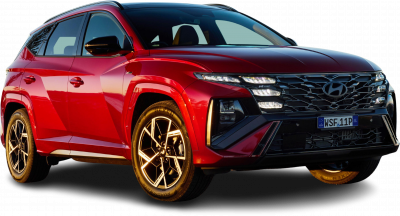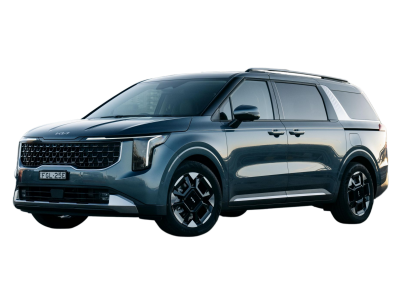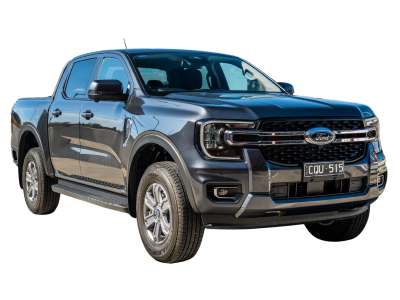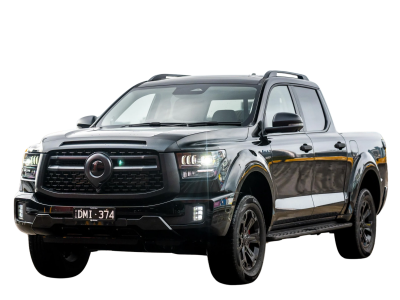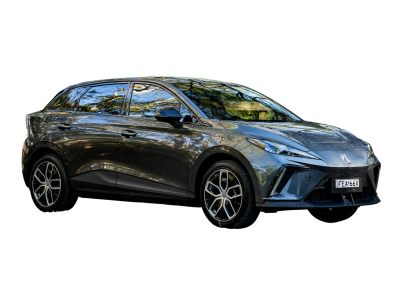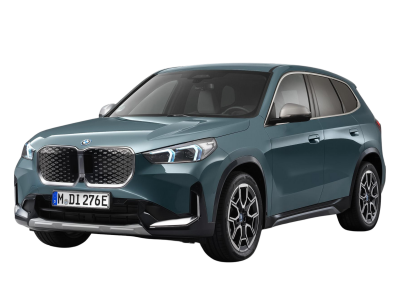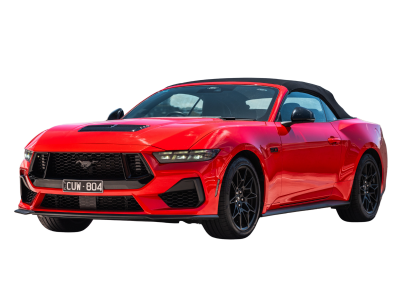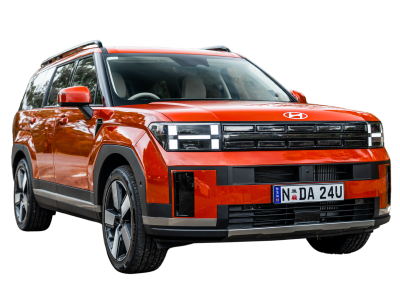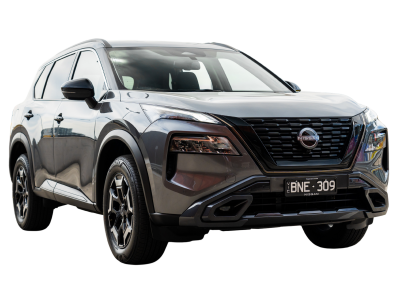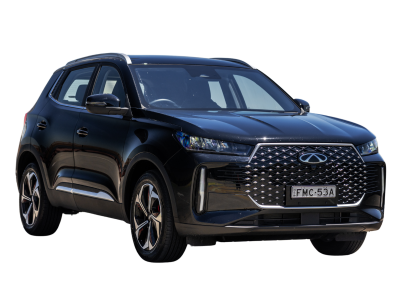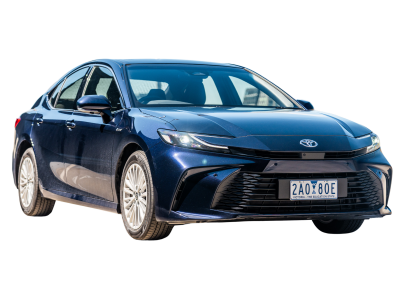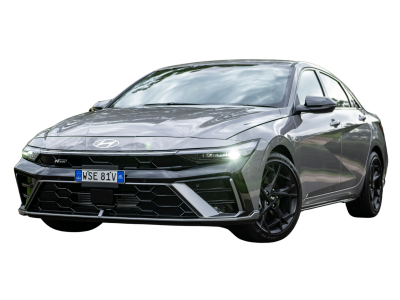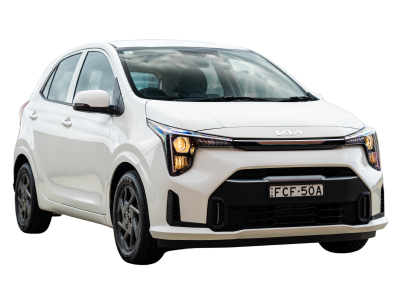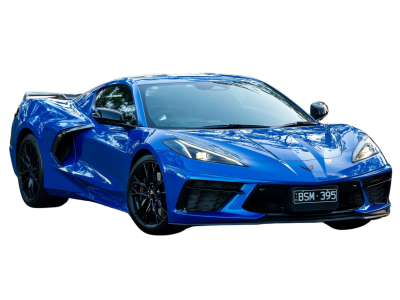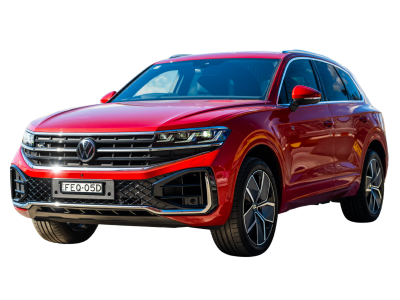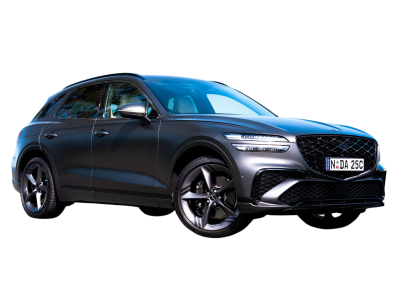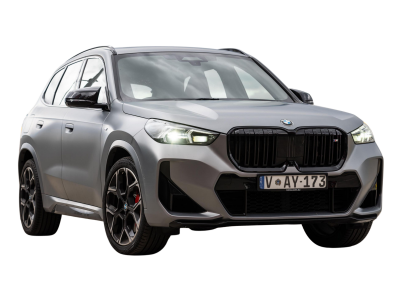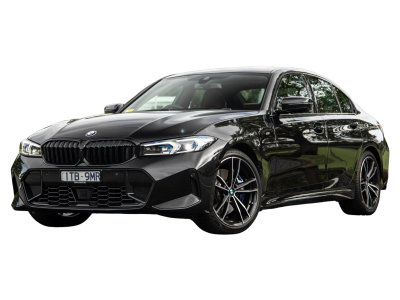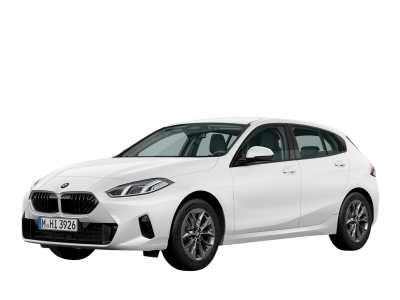Large SUVs represent the ultimate family vehicles for Australian households that need serious space. These flagships excel at transporting large families, towing caravans and boats, and handling everything from daily school runs to epic family road trips across the country.
The best large SUVs combine maximum space with genuine value for money. They need three rows of usable seating, impressive towing capacity for Australian adventures, and comprehensive safety systems to protect what matters most.
Here are Australia's top large SUVs that deliver maximum adventure.
Australia's Best Large SUV
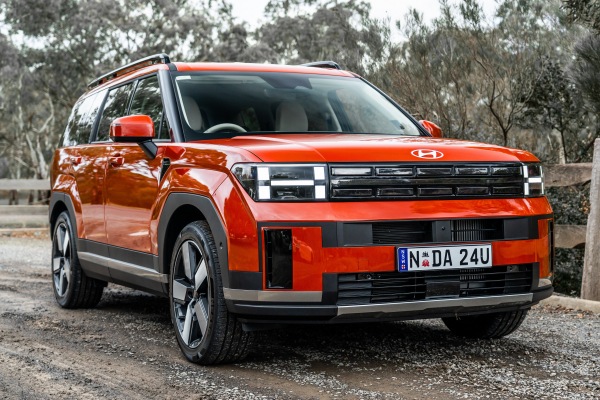
Best Choice
Hyundai Santa Fe
The Hyundai Santa Fe delivers exceptional large SUV value with spacious seven-seat comfort, impressive safety tech, great design and build quality, first-class refinement and dynamics, and solid warranty coverage providing extra confidence for large families.
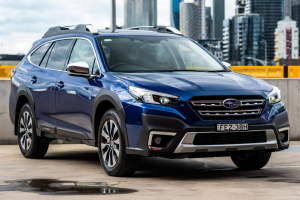
Finalist
Subaru Outback
The Subaru Outback combines wagon practicality with SUV capability, offering legendary reliability, standard all-wheel drive, and excellent safety credentials that make it ideal for active Australian families.
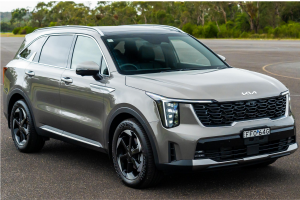
Finalist
Kia Sorento
The Kia Sorento offers a premium feel at an affordable price, plus excellent seven-seat practicality, modern technology features, all the latest safety devices and a generous warranty, making large SUV ownership more accessible.
Compare 2025’s Best Large SUV
Explore our top picks for Best Large SUV this year, with side-by-side comparisons to make your choice easy.




